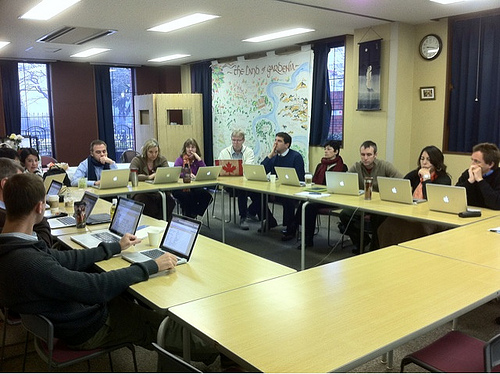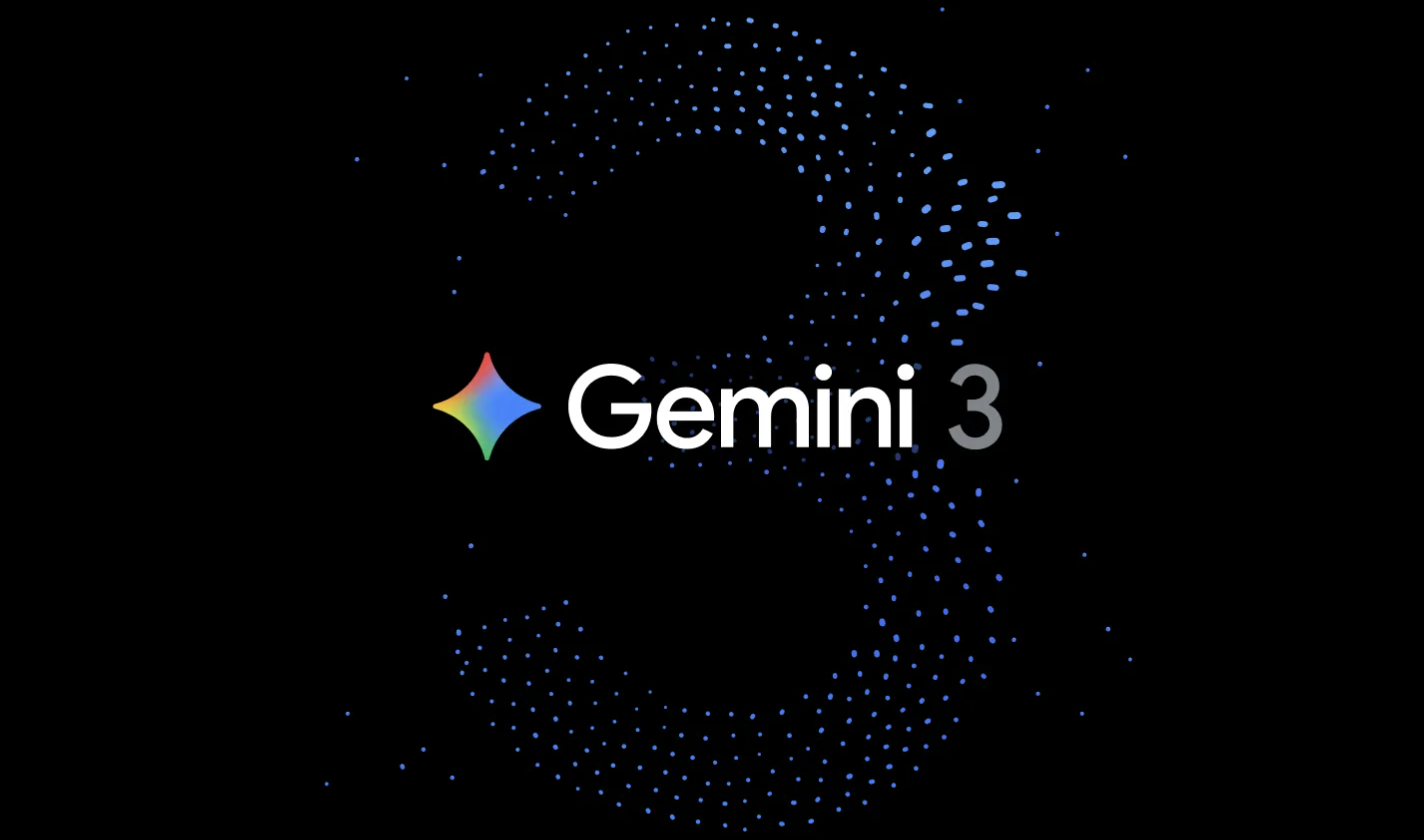Developing a Technology Vision Statement by Kim Cofino

Cross-Posted on Always Learning
As part of our Connected Learning Community program (1:1 in grades 6-12, to begin next school year), we are currently in the process of developing a technology vision statement. At the moment, the vision statement is for our CLC, but potentially could (should?) be a vision for technology at YIS in general.
Yet another one of my favorite things about YIS is the number of people in our community willing to dedicate their time and energy to ensuring that big projects, like this one, are successful. During our half-day of planning two weeks ago, we had 16 teachers (at least one person from every department), 2 parents, 10 students, and 3 administrators present. I am so proud of the way that we are involving all stakeholders in this process.
Here's what we did:
Step 1: Brainstorm
Several days before the session, we made a brief announcement to faculty that we would be developing a vision statement and would like any key words or concepts they felt were critical to be included. We asked them to jot their ideas down on post-it's in the staff room, e-mail us, or drop a note in our mailbox.
We then took the words we received from staff as a starting point at the beginning of our meeting, and then spent about 10 minutes brainstorming as many other key words as possible in small groups. All keywords were added into a big list in one Google Doc that we were all working on. If any of the groups needed some inspiration, these two articles were available as conversation starters:
Tools and ideas to transform education. Sign up below.
- Developing Technology Vision Statements by Bill Ferriter
- 8 Guiding Questions for Conversations about Becoming a School of the Future
Once we had a pretty long list, we reviewed the words to make sure there wasn't anything important missing. At this time, we noticed that many of the words we recorded reflected the attributes in the IB Learner Profile, as well as concepts in our school vision and mission. We highlighted those critical words to make sure they didn't get left out in the next steps.
Step 2: Organize
A few days before the meeting, Stephen and I developed five general categories we thought we could use to organize our thoughts: Attitudes & Behaviors, Learning Environment, Actions & Decisions, Learning Experiences, Community. Our next step was to take the words we brainstormed and put them into a table with those categories (on that same Google Doc). We asked the groups not to cut the words from the brainstorm list, but just to copy and paste them, assuming that we might have some overlap.
Although some words were repeated, we were able to more clearly define those five categories and group words together to relate to the topics. The biggest challenge was the difference between Learning Environment and Learning Experiences. In the end, we determined that Environment describes the physical structure and environment of the school and how we access and use technology (kind of along these lines); Experiences describes the way students learn in the classroom (more like this).
Step 3: Revise Once we had our set of lists, each group shared a brief re-cap of which words they used and how and why they chose them. Each topic was discussed and words were added and removed as the came to a common understanding.
Step 4: Statements Our final step was to take the lists of words that we had already agreed upon and develop statements that reflect the big ideas for each of the five categories. Although these statements are not yet perfected or wordsmithed, I think they really do reflect our school community, vision and priorities. It took us about 30 minutes to come up with these statements based on the lists, and then, of course, we discussed each set as a whole group to further refine them.

We're not finished, but here's where we are right now:
Attitudes & Behaviors: CLC students will be inquisitive, open-minded learners who use technology in a balanced & responsible manner along the way to becoming discerning, self-directed life-long learners. They will not be passive learners, but people who want to take action & become involved in and beyond the YIS community.
CLC teachers will be learners and role models: inspiring and guiding students in the use of technology for learning, becoming active members of a community, while being open to change and student leadership.
CLC parents will be engaged in their children’s learning and school community. In collaboration with teachers, they will help foster a sense of balance in their children’s lives.
School leadership will provide resources and cultivate a supportive and collaborative teaching and learning environment for integrating technology as a meaningful and effective part of the educational process.
Learning Environment: To allow ubiquitous access to tools & resources; for creating & finding opportunities in the classroom, in the community & in the world; for encouraging practical or enterprising solutions to various problems & quandaries.
OR,
The Connected Learning Community will allow for ubiquitous access to tools and resources in a safe learning environment. This means that YIS students access information and exchange ideas in the classroom, community, and in the world.
Actions & Decisions: We will be collaborative, critical thinkers, who problem solve in a ethical and creative manner.
OR,
We will be collaborative, critical thinkers and designers (skills, explicit taught, present in meaningful ways) who solve problems and present in creative ways.
Learning Experiences: Learning will be collaborative, authentic, imaginative and student-led. It will be adaptive to different learning styles and foster greater accessibility for students, the community and other learning stakeholders. Students will be self-reliant and encouraged to take greater risks with their learning.
Community: We open our borders to actively engage in a partnership with communities to become connected global citizens.
Final Thoughts
We clearly need to come together for another session to fine-tune these statements and pull them all together into one vision, but I am so impressed and proud of the work we were able to do in only about an hour and a half. We spent the rest of the morning developing our policies, but that's a post for another day...
Although I definitely don't think we need to re-invent the wheel every time, I'm also really pleased that every single thing on this list (aside from the five categories to group our ideas) was developed by our teachers, parents and students. Not to say that it's all unique and original, but we didn't simply copy and paste someone else's vision and call it our own, nor was it imposed on the greater community by the IT Department. What we ultimately call our vision will truly be ours, and reflect the unique place and community that is YIS.
Of course, this doesn't mean that we've thought of everything! Are we missing something important? How did you develop your school's technology vision statement? What aspects of a vision statement are you finding critical in your school's 1:1 program?
Image Credits:
- Connected Learning Community vision planning off to a great start! on Flickr by superkimbo
- Super productive morning vision planning for our 1:1 program at YIS on Flickr by superkimbo
